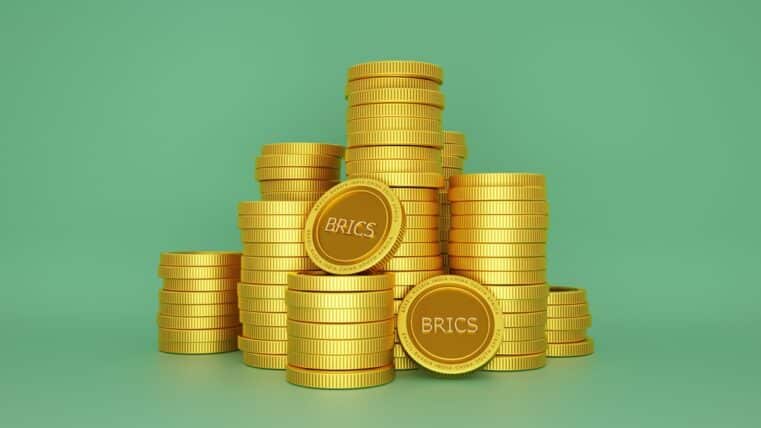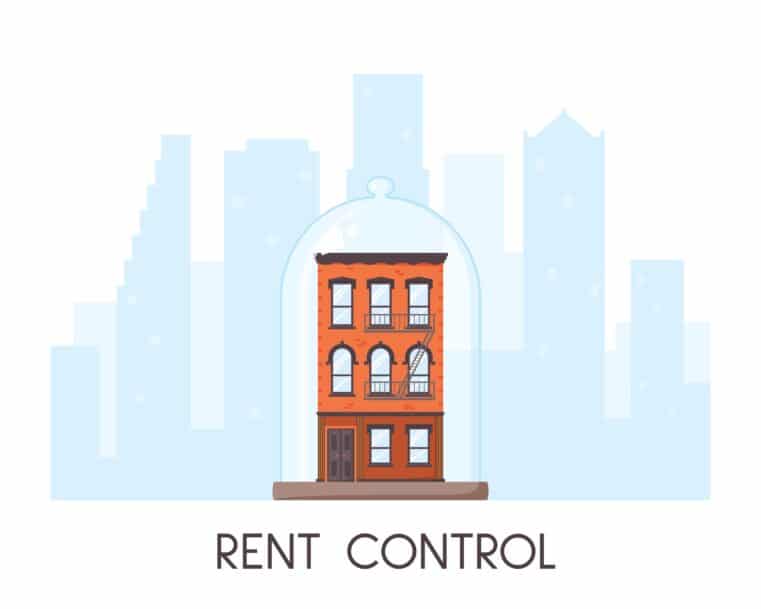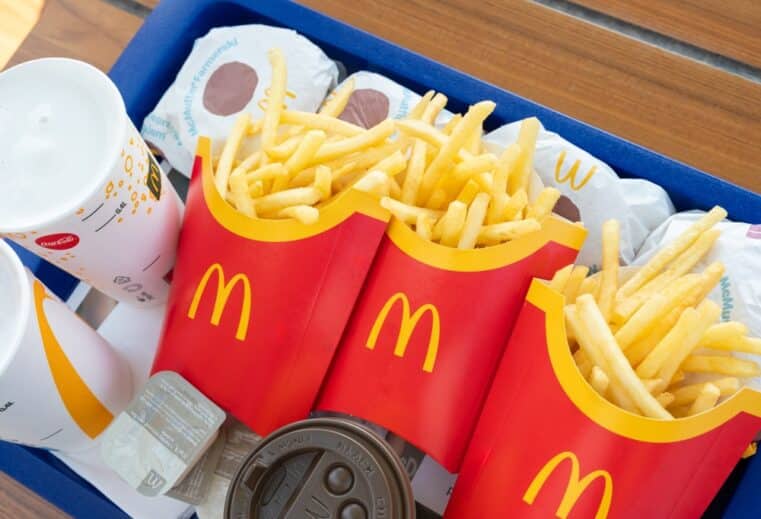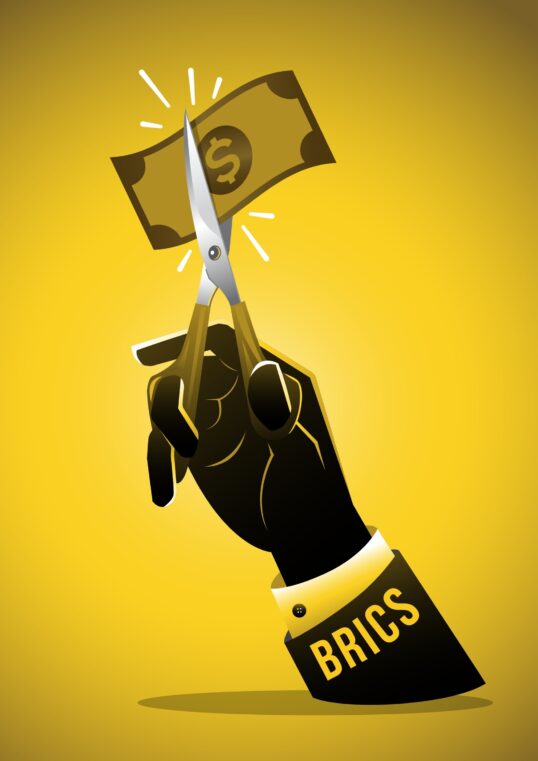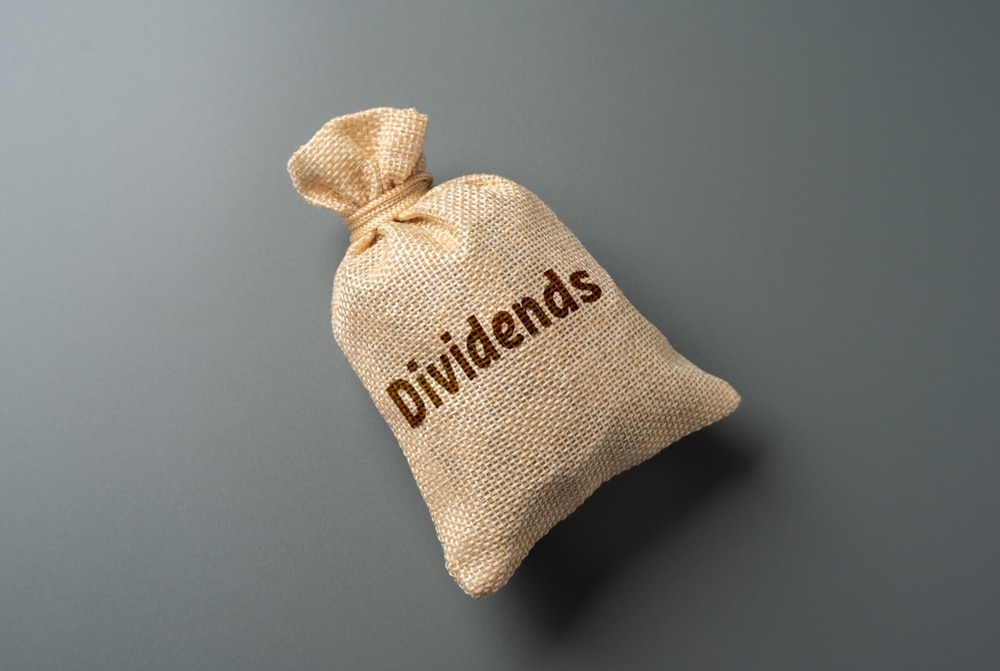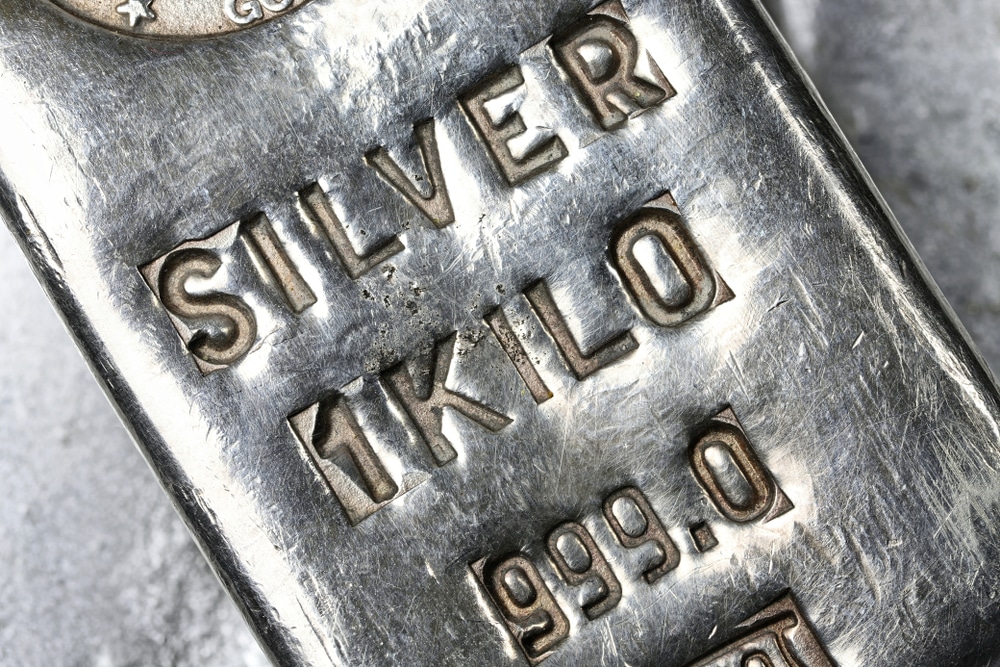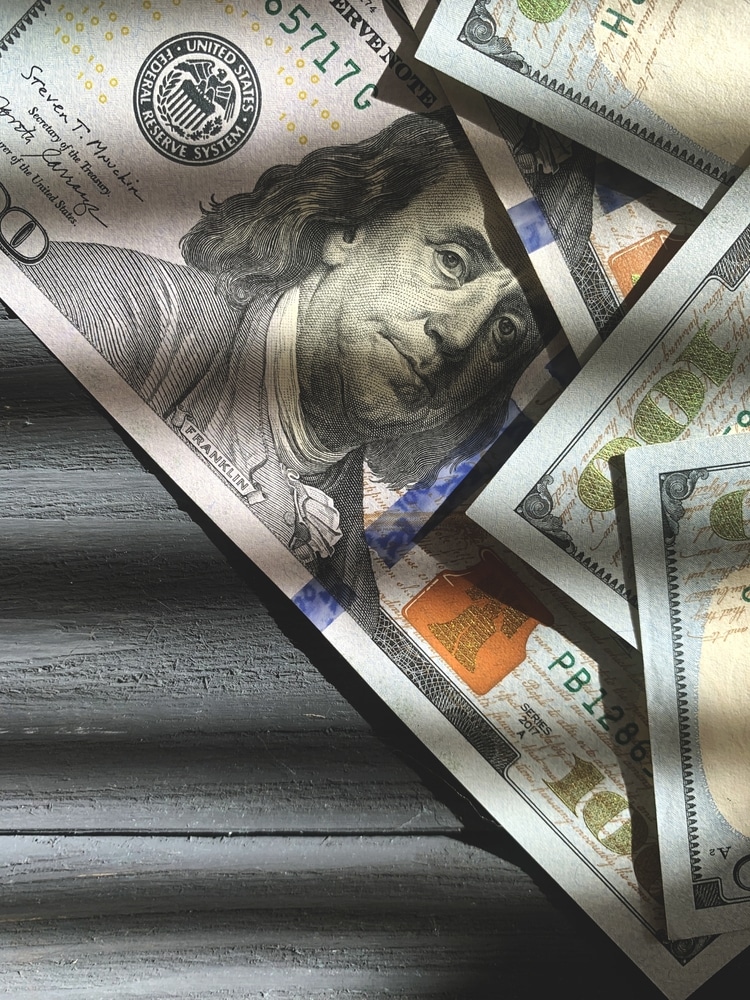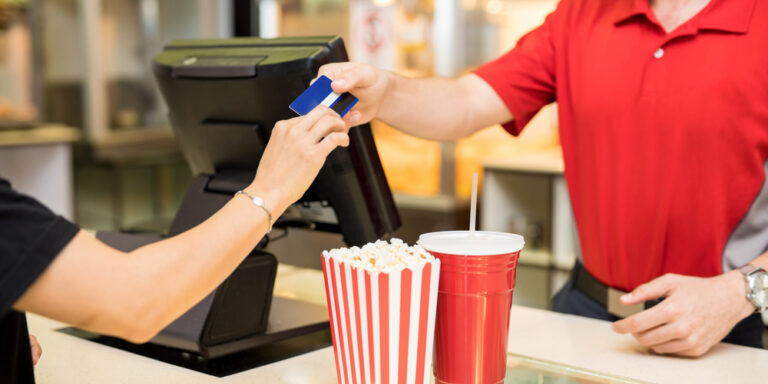
How the War on Cash is Already Eroding Financial Freedom
When Noa Khamallah recently tried to pay cash for popcorn and soda at Yankee Stadium, his almighty dollars struck out.
The stadium’s concession stands no longer take cash. An employee directed him to a kiosk that could convert his greenbacks into plastic. Khamallah, 41 years old, fed $200 into the reverse ATM, which subtracted a $3.50 fee and spat out a debit card with a balance of $196.50.
Paying for anything in New York is expensive already, said Khamallah, who lives in the city. “If you add on top of that extra fees for being able to pay for food, that’s not right,” he said.
Paying with cash used to be a way to get a discount. These days it can often cost an extra $1 to $6—the sort of transaction fees once limited to swiping a credit card or using an out-of-network ATM.
Reverse ATMs like those at Yankee Stadium are now common at cashless venues and restaurants across the country as a way to cater to those who prefer paying in cash. People who want to pay their parking tickets, tolls, taxes or phone bills in cash, meanwhile, often learn that government agencies and businesses have outsourced that option to companies that usually charge a fee.
All that can amount to a penalty on the people who prefer paying cash. Though it is more common to buy things with cards and mobile devices, cash remains the third-most popular way to pay, accounting for 16% of all payments in 2023, according to the Federal Reserve. That’s down 2 percentage points from the year before, continuing a steady decline that accelerated during the pandemic.
“It’s unbelievable that we actually have to tell retailers, ‘This is U.S. currency and it’s something that should be accepted,’” said Jonathan Alexander, executive director of the Consumer Choice in Payment Coalition, a group of businesses and nonprofits lobbying for the continued acceptance of cash.
There aren’t federal laws that require businesses to accept cash. States like Colorado and Rhode Island and cities like New York banned cashless retail establishments after many stores shifted to card-only transactions to reduce the spread of Covid-19, speed up transactions and cut back on theft. In 2023, lawmakers in the House of Representatives and the Senate introduced bills requiring that businesses accept cash for all in-person purchases under $500, unless they provide devices like a reverse ATM that don’t charge fees. The bills haven’t passed.
Turning cash into money
Cashless businesses can be a burden for older or lower-income shoppers who are less likely to have access to digital payments. They also pose challenges for younger people who haven’t yet set up credit cards or bank accounts.
In March, Kate Steinhart, 18, was charged a 50-cent fee after putting $20 into a reverse ATM during a hockey game to order chicken nuggets and a bottle of water. Steinhart has a debit card but says she prefers to use cash, which she earns by babysitting.
The same thing happened a year earlier at Six Flags Great Adventure in New Jersey. Steinhart used a reverse ATM to load $20 onto a prepaid card for lunch. Her meal came out to $15, but since she didn’t realize she could use the rest outside the park, she bought a pack of fudge to bring the balance down to $0.
Prudence Weaver said she would prefer her son be able to use cash on trips to the zoo, amusement parks and baseball games, rather than have to pay fees for debit cards.
“To let my 13-year-old go buy a slushy at the amusement park, I’m already out $6,” said Weaver, 41, who lives in Connecticut with her family. “I understand that there is a place for electronic payment, but I don’t think it should be the only option.”
Debit- and credit-card holders who prefer to use cash say paper money is anonymous, helps them keep spending under control and is better for tips. Roughly six out of 10 Americans say that in a typical week at least some of their purchases are paid for using cash, according to Pew Research Center.
Though it is technically possible to use cash to pay your rent and loan payments, or even shop on Amazon, the hassles required may be too much even for committed cash users.
“It really disadvantages people who are underbanked or unbanked or don’t have a credit card,” said Kathy White, executive director of the Colorado Fiscal Institute, a nonprofit that analyzes the state’s economic practices.
Cash’s new cottage industry
Demand for reverse ATMs from companies such as RedyRef surged in recent years as retailers moved away from cash and some states banned cashless establishments, executives said.
“It has been a pretty wild shift,” said Will Pymm, senior vice president at RedyRef, a New Jersey-based company that supplies reverse ATMs to carnivals, restaurants and stadiums. “Probably one of the biggest we’ve seen for a specific product, in such a short amount of time.”
RedyRef said it more than doubled its shipments of reverse ATMs in the first five months of the year compared with the same period in 2023.
Whether or not a customer is charged a fee for using them depends on what state they’re in and the venue, the company said.
Fees for paying your bills in cash
Government agencies, utilities, cable and wireless companies have also outsourced the handling of cash payments.
People who prefer to pay bills, rent, parking tickets or child support in cash can do so at most 7-Eleven, CVS, Walmart and Walgreens stores. Here’s how it works: The company or agency will send a personalized bar code that people can show a cashier at a retail store to make the cash payment. PayNearMe, a company that facilitates such payments, said it processed over $4 billion worth of cash transactions this past year.
“We’ve seen cash use stay pretty steady,” said Anne Hay, PayNearMe’s chief marketing officer.
PayNearMe charges its clients a fee ranging from $1.99 to $3.99 on each cash transaction, Hay said. Businesses can choose to cover that cost or pass it on to the consumer. Many choose the latter, she said.
OneMain Financial, a subprime lender with 1,300 locations, began working with PayNearMe in 2018, when it stopped accepting cash payments.
“We made a strategic decision to provide more options for our customers to pay their monthly statements, with a focus on safety for both our team members and customers,” said the company, which offers personal and auto loans.
Most of its customers choose to pay using automatic bank transfers, debit card, check or Apple Pay. The company said it doesn’t charge a fee for customers paying with cash.
Write to Oyin Adedoyin at [email protected]
Corrections & AmplificationsNew York City has banned cashless retail establishments, and legislation to ban cashless retail businesses in New York state has been introduced in the state Senate but hasn’t passed. An earlier version of this article incorrectly said New York state had banned cashless retail businesses. (Corrected on June 6)
This article originally appeared on MSN



